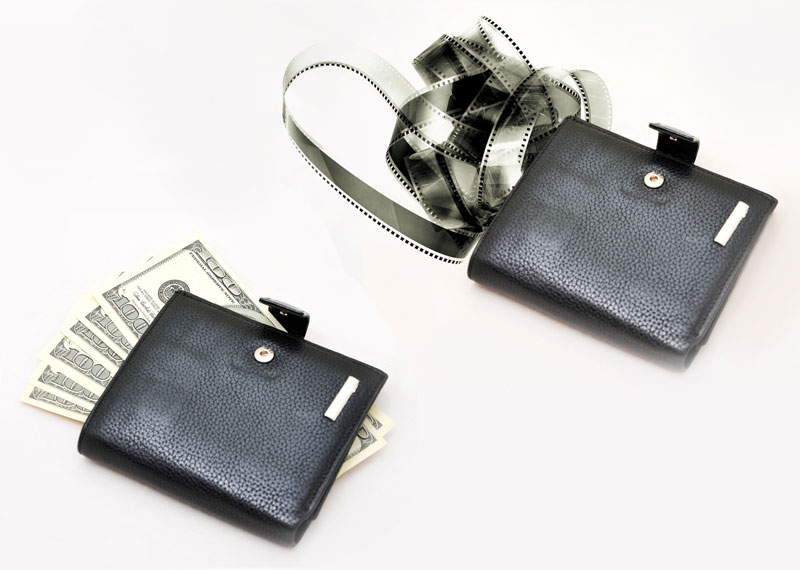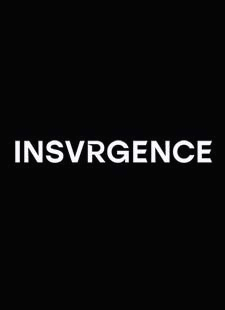It seems that the money people are actually in search of producers as an alternative to producers selling out to streamers. Apparently, there is a pool of money in Hollywood for producing independent movies and TV shows that is available for the asking. Banks (debt), private investors (equity), film commissions (rebates, cash back, and tax credits), crowdfunding, distribution advances, pre-sales, product placement, revenue sharing commitments from key actors, foundations’ grants, co-productions, and contributions from brands, all account for this cash. Plus, if the production has some foreign elements, money can even be gotten from various government programs.
The concept of brands contributing to TV financing isn’t new. Red Bull, for example, has its own content-investment division. Brands have also been part of film financing for years. There is also a growing tendency to use distributors as commissioners. Today, distributors often put more money into productions than broadcasters.
Tony Friscia, a Los Angeles-based financial consultant, added three extra forms of financing. The first is P&A funding. Capital is invested in marketing costs instead of production costs. This is attractive to investors because it is the last money in and the first money out of theatrical film rentals.
The second is leveraging the “Ultimate.” This allows producers to borrow money against an estimate of a movie’s gross over its lifetime, a figure that analysts calculate about two months after a picture’s theatrical release. It looks at the lifespan of a film (roughly 10 years) and includes major income factors beyond theatrical box office.
The third is receivables financing. This uses a hit movie as collateral to fund other movies. “Lenders,” explained Friscia, “are more generous with estimates from studios than indies.” However, he added: “Gone are the days of gap loans, in which banks would lend money based on what sales agents projected a film was worth before it opened theatrically. Only a handful of banks (half the number of 10 years ago) will do gap loans now.”
According to Friscia, 50 percent of the movies produced will lose money, 20 percent will break even, and 30 percent will be profitable.
To leverage the various tax credits there are specialized companies. Explained Rachel Swearingen of the Los Angeles-based The Forest Road Company: “FRC specializes in tax-credit lending. We are active in Canada and in all U.S. states with a film tax credit program. While we do not specialize in financing the entirety of a film, we focus on maximizing the available tax credit on behalf of the filmmakers. FRC provides a loan against the tax credit to filmmakers to help cash-flow any stage of production. In addition, we offer tax-credit servicing to help guide filmmakers through the process.”
According to Los Angeles-based indie producer John Laing, the best film commissions are from Canada, specifically provinces such as Ontario, British Columbia, and Quebec. In the U.S., there are commissions in Louisiana and New York. Plus, there are commissions in the U.K., Isle of Mann, and Ireland.
“The key criteria to get the money,” said Laing, “is usually the story relevant to the location tax incentive, track record, director or star if related to region, and sometimes the budget. The general percentage of films rejected by various financing is probably greater than 95 percent because there is so much competition and only the best projects get the funds. [But] it is not so much a rejection rather than an acceptance of verified risk considering how much of the budget is left open, how much equity [there is], quality of presales, and if it has P&A.”
Banks invest in film and TV financial companies (e.g., FilmNation and A24 with Bank of America, and Bron Studios with Comerica Bank). Film-TV financial companies also know how to tap capital from Silicon Valley (e.g., Annapurna Pictures/Oracle, First Look Media, and Participant Media/eBay, and K Period Media/World Wide Technology).
China is also a good source of finances for movies (e.g., Ingenious Media/Hejing Culture, The H Collective/Huahua Media, and Studio 8/Fosun Group). Film financing can also be found in Abu Dhabi (e.g., AGC Studios/Image Nation Abu Dhabi). These sources of money are less focused on packaging and more on fully financing projects.
Steven Shapiro, SVPS Entertainment Division at City National Bank in Los Angeles, sought to explain the challenges an indie producer faces in obtaining bank financing. “Generally, banks do not take any form of delivery risk, performance risk, or box office risk, so it is a very small group of independent producers who can expect to receive film financing from a bank.
“Entertainment banks will lend against a pick-up agreement from a distributor acceptable to the bank. The agreement is normally for a specified amount (as opposed to a percentage of box office receipts) and payable at a specific date. Banks will also lend against a standby letter of credit issued by an acceptable bank. If a letter of credit is being used as collateral, it should be straightforward and not include any smokescreen language.
“Entertainment banks also always require completion insurance to protect both the bank and the distributor or investor who puts up the collateral for the loan. A producer should talk with an entertainment banker when the producer has at least 80 percent of the budget covered,” Shapiro concluded.
By Dom Serafini
Audio Version (a DV Works service)











Leave A Comment